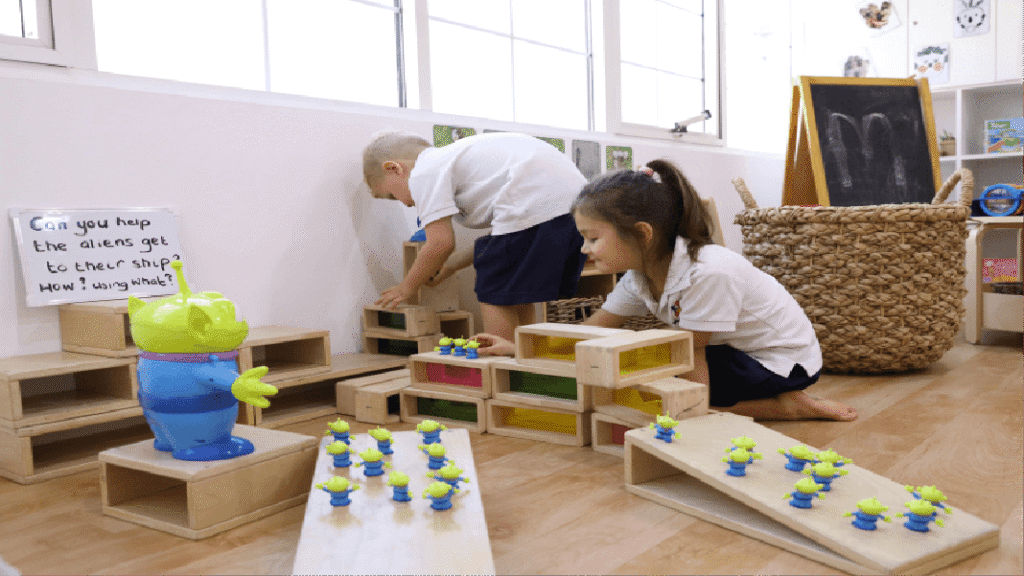Raising an autistic child can be amazing but also tough at times. Every child on the spectrum has unique needs, strengths and ways of seeing the world. The best support often starts at home—with patience, structure and understanding.
Create a Daily Routine
Children with autism usually do better when they know what’s coming next. A daily routine makes them feel safe because they know what to expect.
Tips to structure
- Set consistent times for meals, play, study and sleep.
- Use a visual schedule with pictures or symbols.
- Tell your child ahead of time what’s changing—We’re going to the park today instead of tomorrow.
- Keep transitions calm and unhurried.
Predictability reduces anxiety and makes your child feel more in control.
Encourage Different Forms of Communication
Not every child with autism communicates with words. Some may use gestures, signs or pictures.
Ways to support communication
- Accept and respond to all attempts to communicate—spoken or not.
- Encourage use of pictures, cards or apps to express needs.
- Speak slowly and clearly, short sentences.
- Praise your child when they try to share or express something.
Communication is not just about words—it’s about connection.
Create a Calm and Safe Space
Home should be a place where your child feels calm and comfortable. Children with autism can be sensitive to noise, lights or crowded spaces.
Setting up a calm environment
- Choose a quiet corner with soft lighting.
- Add favourite toys, books or calming tools like noise cancelling headphones.
- Reduce background noise from the TV or other distractions.
- Let your child take a break when they feel overwhelmed
This quiet zone helps your child manage sensory overload and find peace.
Use Positive Reinforcement
Positive feedback builds confidence and encourages good behaviour.
How to use it
- Praise your child immediately when they do something good.
- Use simple rewards—stickers, extra playtime or favourite snacks.
- Focus on progress not perfection.
- Say You did a great job cleaning up your toys!
This method used in ABA (Applied Behaviour Analysis) therapy teaches that good actions lead to positive outcomes.
Work With Therapists as a Team
Therapists, teachers, and parents must work together to help a child reach their full potential.
Collaboration matters
- Stay in touch with your child’s ABA, speech, or occupational therapist.
- Ask for home based activities you can continue between sessions.
- Share updates on what’s working or not working.
Therapists guide the plan, but families make it part of daily life.
When therapy includes ABA billing, parents may also interact with billing specialists to handle session costs, authorizations, and insurance claims. Understanding how ABA billing works helps families focus more on progress and less on paperwork. It ensures therapy continues smoothly without interruptions due to claim issues or delayed payments.
Encourage Independence
Helping your child learn small life skills builds confidence and responsibility.
Start small and build up
- Practice brushing teeth, getting dressed, or tidying up toys.
- Use step by step instructions or visual aids.
- Give time to complete each task—don’t rush.
- Celebrate effort even if the result isn’t perfect.
The goal is progress, not speed. Every small win adds up.
Focus on Social and Play Skills
Social situations can be difficult for many children with autism, but home is a great place to practice.
Fun and simple ways to teach social skills
- Play turn-taking games like board games or puzzles.
- Model polite behavior—greetings, sharing, and saying thank you.
- Arrange small, quiet playdates with familiar children.
Learning social skills takes time, but patience and repetition help build comfort.
Support Emotional Wellbeing
Children with autism can struggle to express emotions or handle strong feelings. Parents can help them identify and manage these emotions.
How to support emotional growth
- Teach feelings using simple words or visual cards (happy, sad, angry, scared).
- Use calm tones and gentle reminders when emotions rise.
- Encourage relaxation techniques—deep breathing, hugging a pillow, or squeezing a stress ball.
- Model self regulation by staying calm yourself.
Emotional understanding takes practice, but it helps your child handle challenges more smoothly.
FAQs
1. How can I help my autistic child communicate better at home?
Use simple words, visual cards, or pictures. Be patient and listen actively. Respond to all attempts at communication—even gestures or sounds.
2. What can I do if my child resists routine changes?
Prepare them in advance. Use short explanations and visual cues to explain what will happen. Offer reassurance that everything is okay.
3. How can I support therapy goals at home?
Ask your child’s therapist for short daily activities to reinforce what’s learned in sessions. Keep consistency between home and therapy settings.
4. What should I do during a meltdown?
Stay calm. Move your child to a quiet space, speak softly, and give them time to recover. Avoid punishment—focus on comfort and safety.
5. How do I manage stress as a parent of a child with autism?
Find support, take breaks, and talk to other parents who understand. Remember that your well being directly affects your child’s progress.
Conclusion
Supporting a child with autism starts with love, patience, and understanding. Families play the biggest role in creating a safe, structured, and positive environment where their child can thrive.
You don’t have to do everything perfectly—just consistently. Celebrate small steps, stay connected with therapists, and remember that progress may be slow but meaningful. Every effort at home helps your child gain confidence, independence, and happiness—one day at a time.














